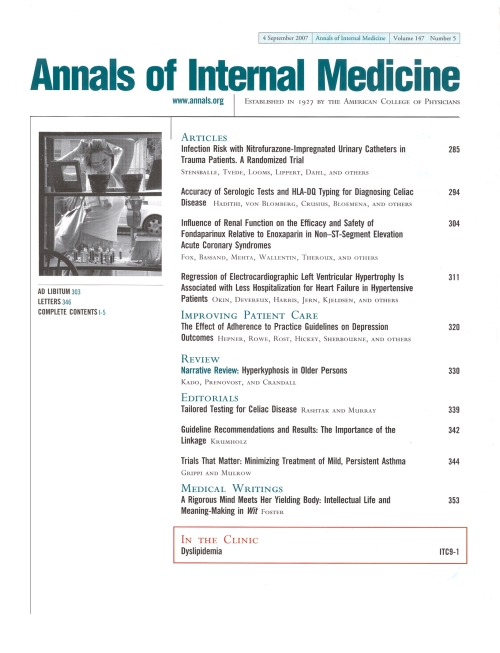
Total Ankle Replacement Versus Arthrodesis for End-Stage Ankle Osteoarthritis

Total Ankle Replacement Versus Arthrodesis for End-Stage Ankle Osteoarthritis
Total Ankle Replacement Versus Arthrodesis for End-Stage Ankle Osteoarthritis: A Randomized Controlled Trial
Ann Intern Med . 2022 Dec;175(12):1648-1657.Did you know you're eligible to earn 0.5 CME credits for reading this report? Click Here
Synopsis
Three hundred and three patients with ankle osteoarthritis were randomized to receive either total ankle replacement (n=152) or ankle arthrodesis (n=151). The primary outcome of this trial was the change in the Manchester-Oxford Foot Questionnaire walking/standing (MOXFQ-W/S) from baseline to one year. Other outcomes of interest were MOXFQ-W/S, -pain and social interaction at 26 and 52 weeks, Foot...
To view the full content, login to your account,
or start your 30-day FREE Trial today.
FREE TRIAL
LOGIN
Forgot Password?
Explore some of our unlocked ACE Reports below!

Learn about our AI Driven
High Impact Search Feature
Our AI driven High Impact metric calculates the impact an article will have by considering both the publishing journal and the content of the article itself. Built using the latest advances in natural language processing, OE High Impact predicts an article’s future number of citations better than impact factor alone.
Continue



 LOGIN
LOGIN

Join the Conversation
Please Login or Join to leave comments.